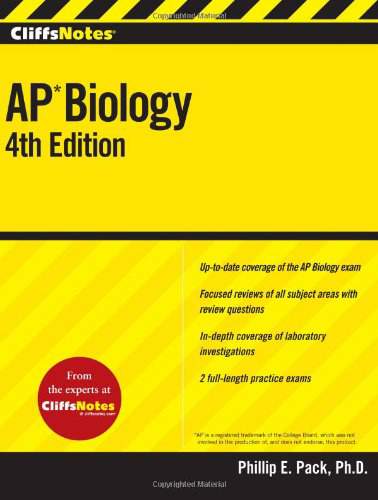Connecting...

For more information, please see full course syllabus of AP Biology
AP Biology Viral Structure and Genetics
Genetic information is stored in DNA. An RNA transcript can be made and transported into the cytoplasm, where it translated into proteins. RNA comes in three forms: messenger (mRNA), ribosomal (rRNA), and transfer (tRNA). Transcription takes place in three parts: initiation, elongation, and termination. Translation builds an amino acid sequence based on the genetic code. Start and end points are indicated using codons. Silent mutations can occur where the same proteins are translated even though the genetic code has changed as redundancy is built into the genetic code. The second type is missense mutation, where a different amino acid will be added to a protein chain based on the genetic mutation. Nonsense mutations form a stop codon. Natural errors, chemicals, excessive sunlight, and radiation can all cause mutations.
Share this knowledge with your friends!
Copy & Paste this embed code into your website’s HTML
Please ensure that your website editor is in text mode when you paste the code.(In Wordpress, the mode button is on the top right corner.)
- - Allow users to view the embedded video in full-size.










































 Answer Engine
Answer Engine





2 answers
Last reply by: Nicholas Elias
Tue Nov 19, 2013 10:32 PM
Post by Nicholas Elias on October 21, 2013
Hi Dr. Eaton,
This might be alitte off topic but for the retrovirus, being part of the host cell's genome and using it's machinery I would assume that it will become dependent on the rate of the host cell's mitotic cycle (cells that reproduce more rapidly will favor the retrovirus) as well. With that in mind, I have also read that some cancers can be caused by viruses. It would make sense then that maybe some viruses have ways of hijacking a cells growth regulation genes maybe???? If it can get an otherwise slow growing cell to start reproducing uncontrollably then it will be able to replicate rapidly as well. Not sure if I'm way off or not.
1 answer
Sun Apr 17, 2011 5:00 PM
Post by Billy Jay on April 12, 2011
I'm having trouble trying to figure out how ssRNA containing viruses transcribe themselves.
Let's say you have: (-) sense, ssRNA virus
Could you tell me if this sounds right:
(-) RNA strand is transcribed via (RNA-dep-RNA pol) Replicase. This produces the (+) sense-RNA strand, which is then used to translate into proteins. In addition, the (+) strand, which was synthesized using Replicase, is again used as a template to create more (-) RNA strands. These (-) RNA strands are then packaged into the viral capsid.